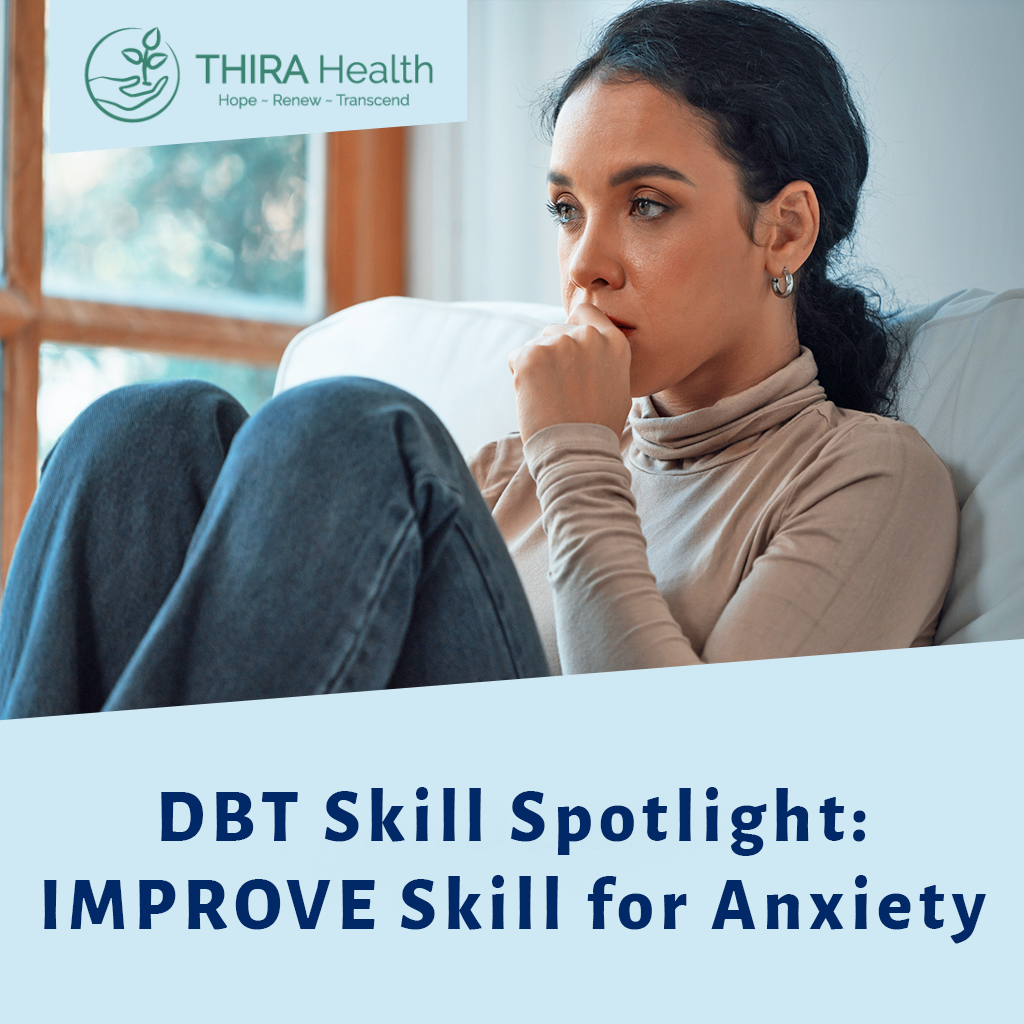International Day for the Elimination of Violence Against Women
From the dawn of civilization to date, women have existed in patriarchal societies, often oppressed and ill-treated in institutions created by men, to favor men. In the United States of Today, it is an utterly tragic, appalling, and heartbreaking reality that women continue to suffer increased rates of violence and harassment in nearly every area of life. Age-old gender roles, predatory use of power dynamics, and scant accountability threaten the well-being, dignity, and rights of women. Such targeted violence is a completely preventable cause of morbidity and mortality in women, and is a social, economic, legal, educational, human rights, and health (physical and mental) issue.
Violence Against Women by the Numbers
Reports from the Centers for Disease Control and Prevention (CDC) indicate that, at some point in their lifetime, one in six women (16%) felt threatened by stalking behaviors, almost one in five (18%) have experienced rape, and nearly one-half of all women (45%) have experienced sexual violence other than rape.
However, the threat against women more often than not comes from the very place where they’re meant to be the safest, in their relationships. More than one-third of U.S. women have experienced rape, physical violence, and/or stalking by an intimate partner at some point in their lifetime. This equates to on average, nearly twenty people per minute who are physically abused by an intimate partner. Similarly, the United Nations reports that one in three women worldwide have experienced comparable violence from a trusted partner.
In many countries, violence against women begins from the moment of conception and carries on throughout the life cycle, from childhood to adolescence, and beyond. The CDC cautions that intimate partner violence (IPV) is most prevalent in the transition to young adulthood, and data from the Association of American Universities confirms that in just 2015, 23 percent of female undergraduates reported incidents of sexual assault or sexual misconduct.
The Impact at a Glance
- Women who experience physical or sexual abuse are about twice as likely to have an abortion or to experience depression (WHO)
- Women abused by their intimate partners are more vulnerable to contracting HIV or other sexually transmitted infections (WHO)
- Victims of IPV are also more likely to develop substance use issues like alcoholism, drug addiction and tobacco use. (WHO)
- One in three women who experience IPV actually receive medical care for their injuries. (U.S. Department of Justice)
- Globally, nearly half of women who are the victims of homicide are killed by an intimate partner. (UN Office on Drugs and Crime)
- The estimated lifetime cost was $103,767 per female victim of IPV (American Journal of Preventive Medicine)
- In total, the U.S. economic burden was reported to be nearly $3.6 trillion, with the breakdown of funds including $2.1 trillion in medical costs, $1.3 trillion in lost productivity among victims and perpetrators, $73 billion in criminal justice activities, and $62 billion in other costs, including victim property loss or damage. (American Journal of Preventive Medicine)
These figures remind us of the urgency to act, to protect those most vulnerable and avoid further negative outcomes. Solving this systemic problem will require large-scale holistic efforts towards cultivating an atmosphere of respect towards women from an early age, mandating increased accountability for offenders, and ensuring ongoing support and advocacy for victims.
On the Home Front- Washington State
Based on data collected in 2001, 80% of Washington women’s sexual assault experiences occurred prior to the age of 18. Similar to the national average, about 33% of Washington women have been sexually assaulted in their lifetime, nearly 20% subject to multiple assaults by different offenders. At the time of assault, only about 25% of the women with physical injuries sought medical assistance, and only 33% sought counseling.
Washington is home to agencies like Washington State Coalition Against Domestic Violence (WSCADV) and the Washington Coalition of Sexual Assault Programs (WCSAP), and thanks to their efforts, we have seen a decline in domestic violence fatalities, although the number of offenses remains the same. Thanks especially to the advocacy of WCSAP, in 2019 Governor Inslee passed into law all priority items on the table, including rape kit reform, modifying the statute of limitations on sex crimes, and maintaining victim service funding, among others.
However, there is still work yet to be done on a national and state level, and at THIRA Health, a treatment center devoted to the health and healing of women, we view it as part of our mission to offer our voice and sing the song of greater awareness. Due to the vast reaches of violence against women, and the strong association with depression, anxiety, and the heightened occurrence of eating disorders, we opt to take a trauma-informed approach towards all patients who seek us out for their treatment and care. In addition, central to our core methodology of Dialectical Behavior Therapy, we will teach survivors skills for how to maintain effective relationships in the future through teaching positive communication among other “Interpersonal Effectiveness” skills . These are vital steps to provide survivors with paths towards healing, rather than retraumatization or revictimization.






